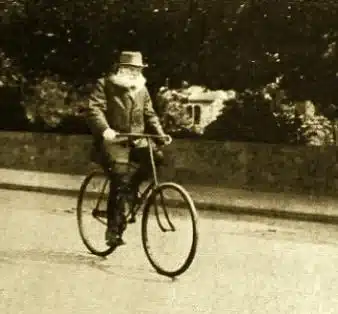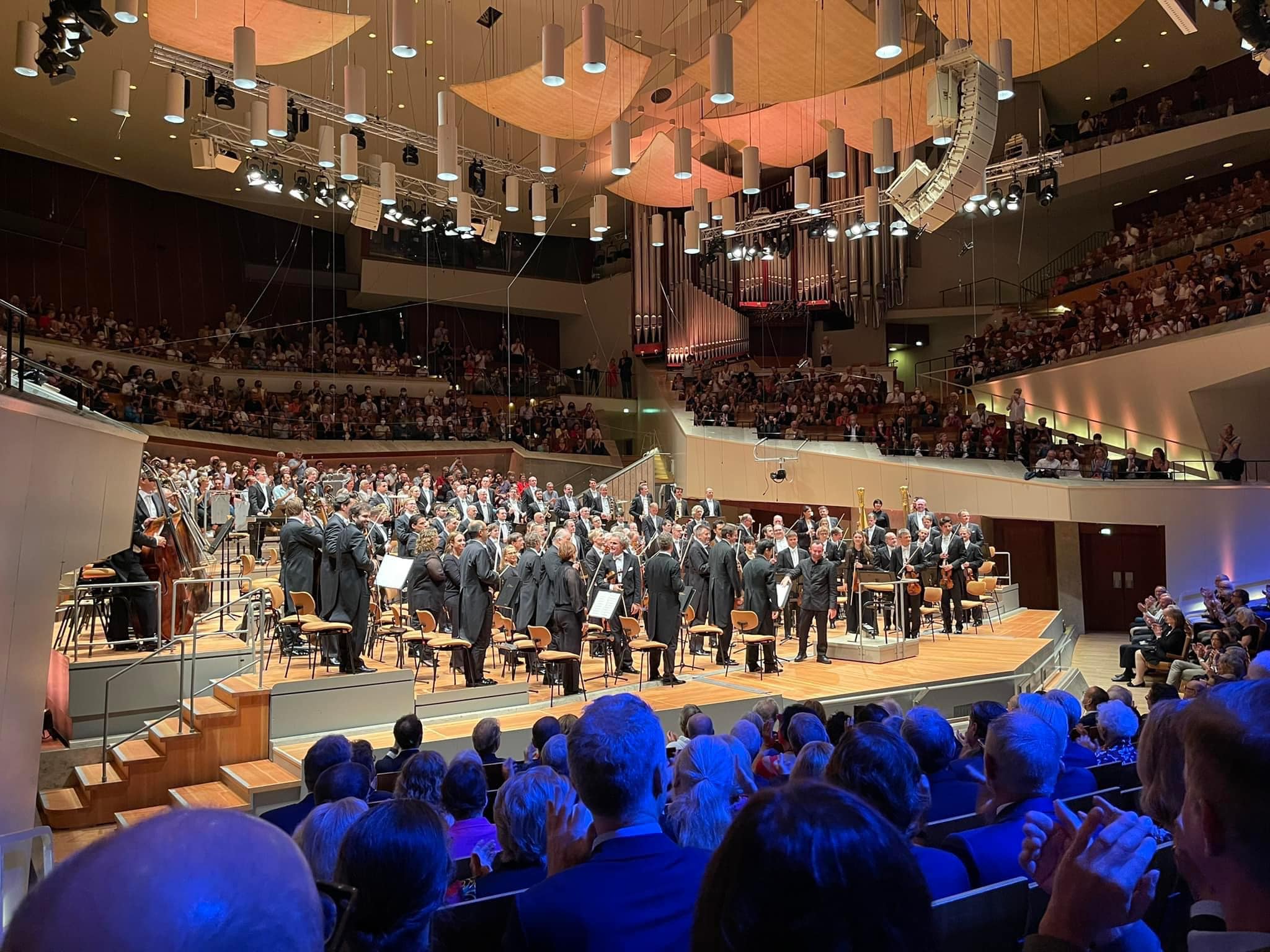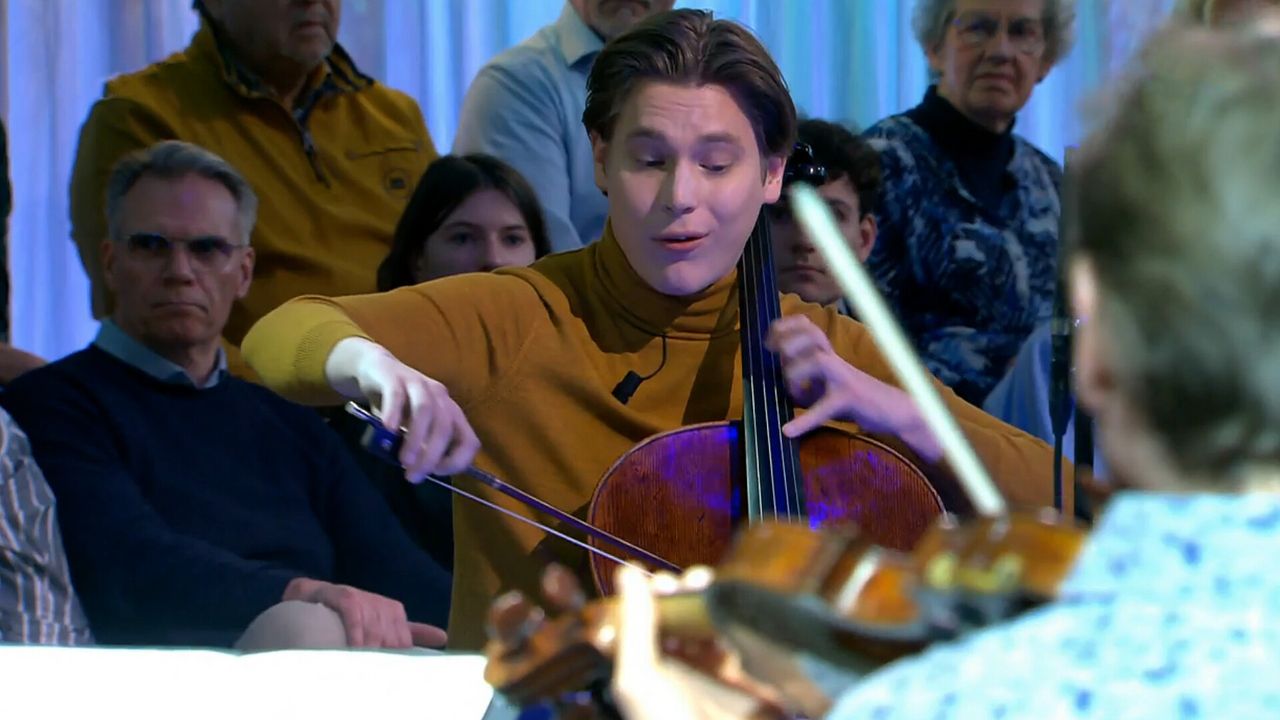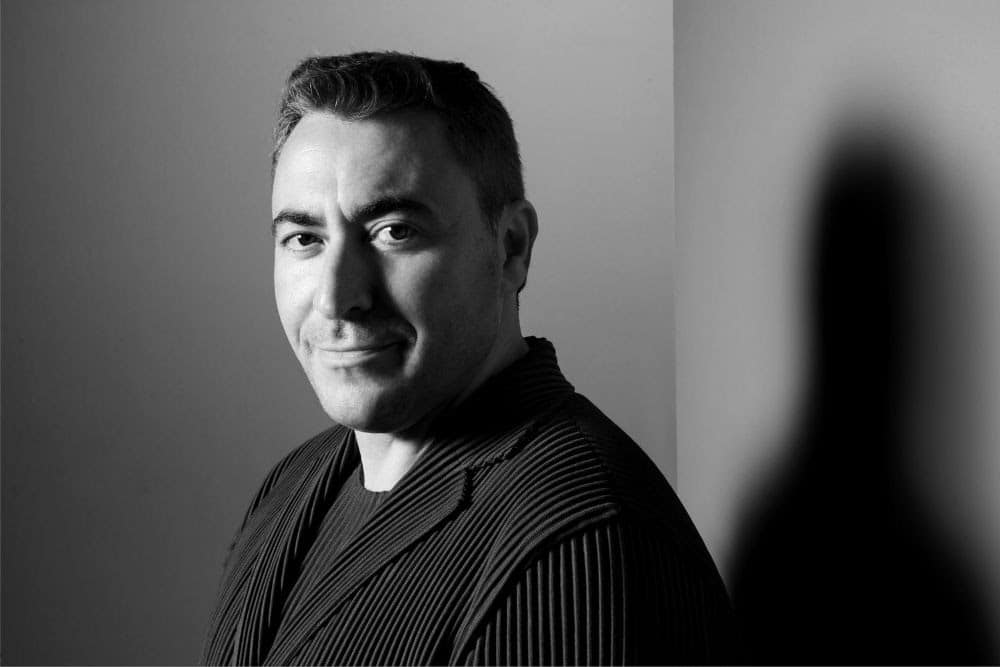Maestros and their motor cars (47): Killed on the road
UncategorizedThe French composer Ernst Chausson was killed in June 1899 while riding his bicycle downhill in the country and crashing into a wall. Prone to depression, he may have intended to end his life.
Chausson was 44.






I think most scholars now discount the suicide notion for Chausson’s sad death. I believe he was out bicycling with one of his daughters by the way, which would also count against the suicide theory. Bicycle brakes existed at the time but the brakes as we know them were mostly yet to come.
If the subject is death by car you could add Ossy Renardy (violinist), Dennis Brain the horn player, and the pianists Bruce Hungerford and Jean Casadesus. But personally Mr. L, I’d prefer it if these Maestros and their Motorcars articles focused more on happier stories and old car photos.
Is the man in the photo really 44 years old or younger?
That’s what happens with wheels.
Denis Brain, horn player
The suicide theory has long been quashed.
A french composer who did actually die in a car crash was Pierre-Octave Ferroud (killed 1936 on a hungarian road)
Chausson was a very respectable and good composer, traditionally-inclined, from upper middleclass and quite rich becasue of his industrialist family. He was a good friend of Debussy in his younger years whose life was crippled by poverty, and helped him out many times with money. In return, Debussy tried to stimulate Chausson to be more adventurous and less ‘stiff’, and to trust his fantasy more. Debussy spent much time at Chausson’s home which was full of paintings of Monet, Degas etc. and thus came into direct contact with contemporary painting which would inspire him so much.
There are fotos of Debussy playing his Pelléas to the Chausson family + friends, and joining their outings in summer time. He could never bring his girlfriend with him because he lived with her without being married. When he got engaged with a singer without informing his girlfriend – with whom he was still living – Chausson broke-off the contact, disapproving D’s lifestyle. (The singer dumped Debussy anyway when she found-out about his girlfriend; Chausson obviously was very bourgeois, even for his own time.)
Brings a whole new meaning to his Symphony in Wheel Flat (Bb).
footnote fodder: From “Le Figaro,” June 12 (two days after the composer’s death): “Mr. Chausson was at his estate, Les Moussets, in Limay (Seine-et-Oise). He was practicing riding his bicycle on the property itself. As he descended a steep slope leading to an enclosing wall, he was unable to restrain his machine, let go of the pedals, and ran into the wall, where he broke his skull. He died almost instantly.”
A very clumsy way to die.
Bicycles were the new thing at the time, symbol of progress and modernity.
It does not surprise that Brahms, who saw the first bicycles in the nineties, in the streets of Vienna and in the small places where he spent his summers, said that he found this way of transportation lacked any dignity and that he was against it. But in general, he was all for technological progress, except electric light in his own house which he found too cold and too bright (his housekeeper, Frau Truxa, had installed it for him as a surprise while he was away some days).
There’s also the New Zealand pianist Richard Farrell, killed in a car crash 27 May 1958, aged 31.
Why does nobody think of the terrible accident that ended the life of composer Joachim Alzheimer in 1753?
On the sunday morning of 13th September he took the post coach at Frammersbach where he had spent the summer, composing a couple of concerti grossi, to get to Lohr am Main to visit his aunt. At the small town of Partenstein a quarrel developed about to have the window open or closed which got at such a loud stage that the coachman turned round, screaming that his passengers should not distract him. At that moment a handcart appeared from a side street which shocked the horses, and after a wild uncontrollable ride the horses ran into the wide open doors of the local church where just then mass was celebrated, ran in panick through the main aisle and collided with the high altar which collapsed upon the coach, pulverizing the vehicle under loud screaming of both the passengers and the gathered religious community. But all travellers survived the accident, except Alzheimer who was hit on the head by a falling marble angel and died instantly, according to the local newspaper.
His aunt was duly informed of the sad demise, but she claimed to have totally forgotten his visit. Unfortunately, all of his works underwent a similar fate.